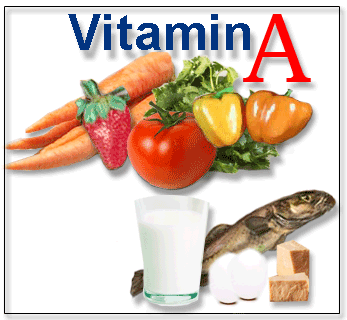 Recommend Dietary Allowance
Recommend Dietary Allowance
Men 1.3 milligrams Women 1.1 milligrams

Vitamin B2, also known as riboflavin, is a water-soluble vitamin in the B-complex. Riboflavin is involved in a host of biological processes. These process included, but are not limited to: red blood cell formation, anti-body production, cell respiration and growth. Riboflavin also aids the metabolism of all the macro-nutrients (carbohydrates, proteins, & fats). In conjunction with Vitamin A, Vitamin B2 maintains, as well as enhances, mucous membranes in the digestive tract.
Symptoms of a deficiency in Vitamin B2 include cracks and sores on the corners of the mouth, eye disorders, inflammation of the mouth and tongue, not to mention skin lesions. A collective group of these symptoms is known as ariboflavinosis. The highest doses of Vitamin B2 are found in whole grains, green leafy vegetables, milk, cheese, yogurt, eggs, fish, organ meats (eg. liver), and legumes.
Symptoms of a deficiency in Vitamin B2 include cracks and sores on the corners of the mouth, eye disorders, inflammation of the mouth and tongue, not to mention skin lesions. A collective group of these symptoms is known as ariboflavinosis. The highest doses of Vitamin B2 are found in whole grains, green leafy vegetables, milk, cheese, yogurt, eggs, fish, organ meats (eg. liver), and legumes.
Nutrition 101 is brought to you by:

Contact us at: enmotiontraining@gmail.com
Follow us on:
intstagram: @enmotion_training











